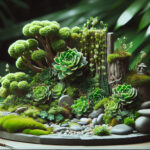Introduction to Crassula
Welcome to the world of Crassula, where the lush, waxy beauty of the Jade Plant reigns supreme. Picture this: a sun-drenched windowsill adorned with a small, elegant pot that cradles a vibrant green gem—a Crassula. These succulents are not only a feast for the eyes, but their popularity in homes and gardens worldwide tells a story of versatility, resilience, and simplicity in care.
The name ‘Crassula’ hails from the Latin ‘crassus,’ which means thick or fat, aptly describing the thick leaves characteristic of this plant genus. They’re famously known as Jade Plants, Money Trees, or Lucky Plants, supposedly bringing prosperity and good fortune to their owners. If only we could all find such charm in our living rooms!
But it’s not just superstition that makes these plants beloved. Whether you’re a seasoned gardener or a novice looking to green up your space, Crassulas are the go-to companions. They’re like that friend who thrives in the most challenging conditions and asks for little in return—give them some light, a bit of water, and they’re all set.
A defining snapshot of Crassula’s allure would be a bright kitchen, where amidst the hustle and bustle, a Jade Plant sits contentedly on the counter, its lush green leaves echoing the promise of nature’s quiet endurance.
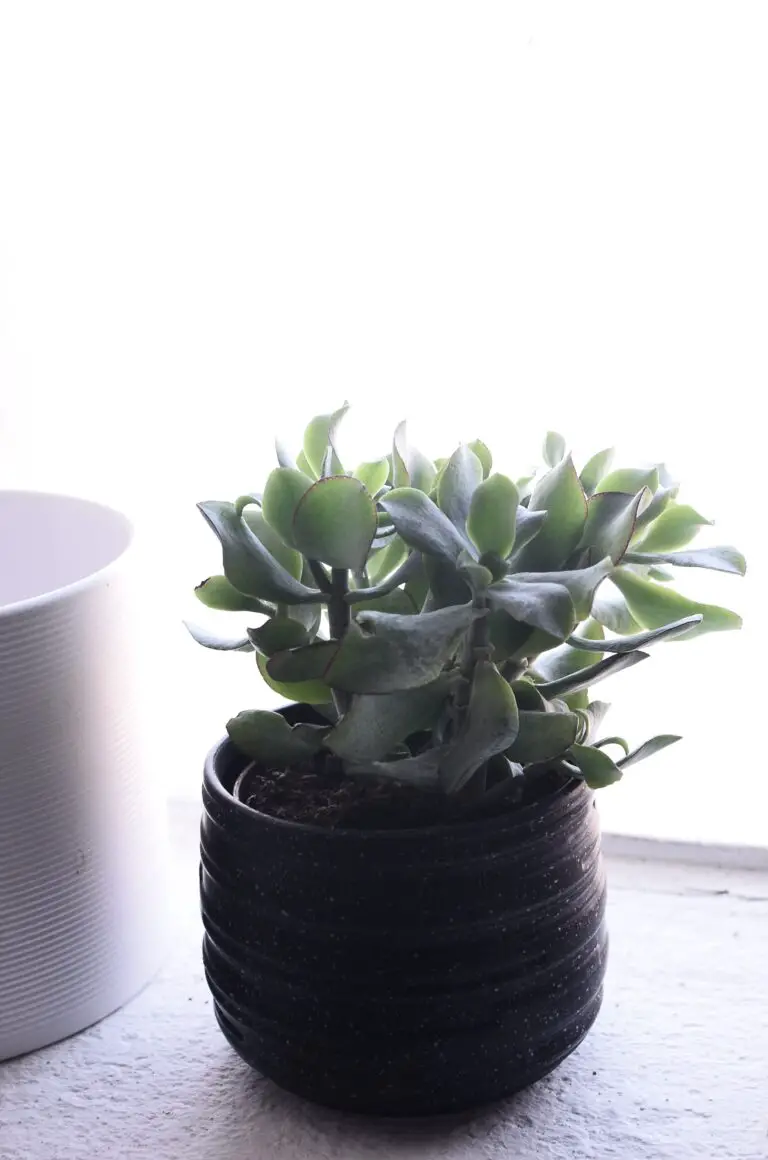
For those eager to welcome a Crassula into their lives, it’s worth noting that these plants come with a simple set of care instructions, usually requiring minimal attention. The key to a jubilant Jade is understanding its needs: well-draining soil, careful watering, and a sunny spot to bask in. With that knowledge, you’re well on your way to cultivating an evergreen piece of tranquility.
The Botanical Background of Crassula
Let’s take a stroll down the succulent aisle and unearth the charm of the Crassula genus. Picture a family reunion, except it’s all about plants! In the expansive family of Crassulaceae, Crassula stands out as the genus that has mastered the art of resilience and sophistication. They’re the mini but mighty superheroes of the office desk and sunny windowsills across the world. But have you ever pondered what ‘crassula’ really means? The term itself is derived from the Latin word ‘crassus’ which means thick or fat, reflecting the genus’s signature thick leaves that store water for the dry days.
Originating from various regions, notably southern Africa, these small, robust plants have adapted to thrive in arid conditions. Their ability to prosper with minimal fuss makes them endearing to both seasoned horticulturists and those among us who aren’t blessed with a green thumb. An anecdote that brings this versatility to life is the success story of Crassula ovata, commonly known as the Jade Plant. With its glistening, jade-colored leaves and tree-like stature, it’s a marvel of adaptability—equally at home in dry, rocky landscapes as it is in cozy living room corners.
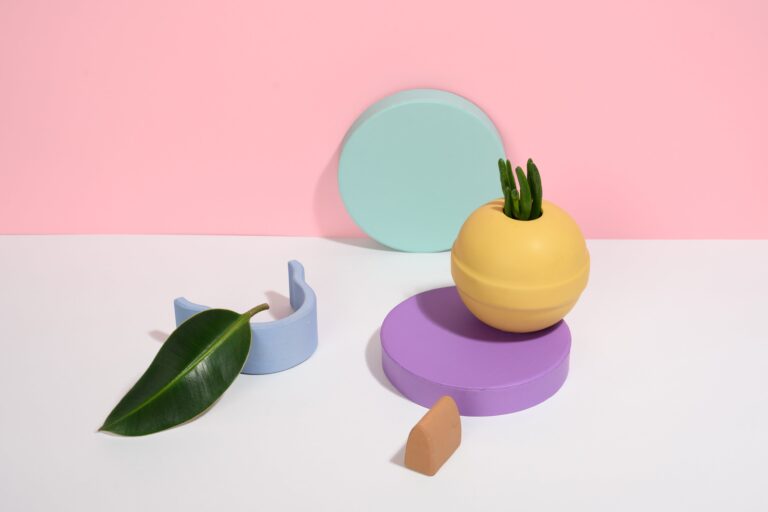
Characteristic features of Crassula include tightly packed leaves that can take various shapes and sizes, ranging from the slender, elongated forms of the Crassula ‘Gollum’, to the ornamental, layered petals of the Crassula capitella ‘Campfire’. Imagine leaves like stacks of mini pancakes, with some resembling strings of exotic pearls that challenge our perception of typical plant anatomy.
For further exploration, you might enjoy delving into the world of Crassula on Britannica, where you’ll discover the diversity of this fascinating genus in more detail. And if you’re itching to ensure your own green protégés lead a long and leafy life, check out these Crassula Jade Care: Tips for a Thriving Succulent Haven that spill the beans on keeping your crassulas content.
By painting a picture of the botanical backdrop of Crassula, we see a genus that has cloaked itself with an aura of simplicity and elegance, yet beneath this unassuming exterior lies an evolutionary powerhouse, equipped to stand the test of time and drought—an unspoken pact made between nature’s whims and the will of the Crassulas.
Symbolic Meanings of Crassula Plants
Have you ever wondered why the Crassula plant graces so many homes and offices, perched proudly on desks and window sills? Often known as the Jade Plant, this hardy succulent holds more than just aesthetic appeal; it boasts a treasure trove of cultural significance, especially within the realm of feng shui. So let’s dive into this green world and unravel the mystique that surrounds the Crassula species.
In feng shui, positioning a Crassula plant within your space is believed to attract financial luck and prosperity. Imagine walking into an office where a plump, verdant Crassula sits by the entrance; it’s as though it whispers tales of abundance and good fortune to all who enter. It’s akin to having a living, breathing amulet that not only invigorates your space with life but also your financial aspirations.
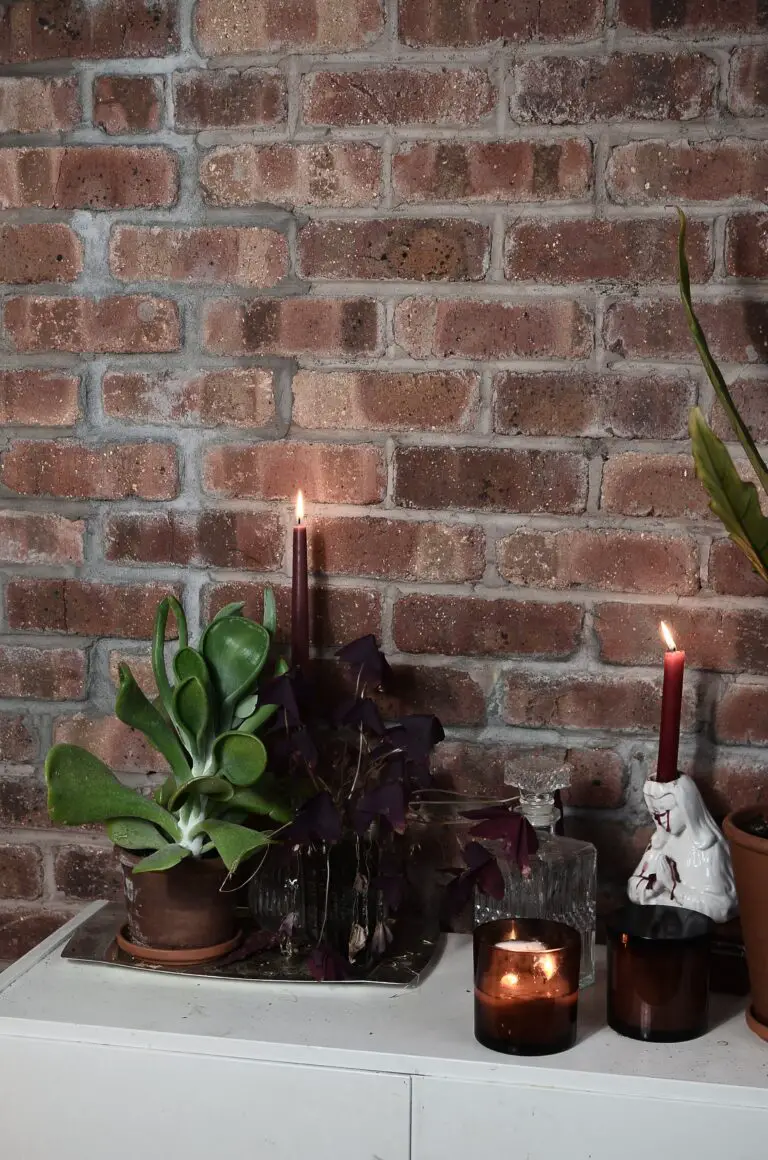
But why exactly is the Crassula tied to wealth? The answer lies in those chubby leaves that resemble coins, symbolizing material wealth and prosperity. In many cultures, receiving a Crassula as a gift is akin to being handed a living nugget of gold. Anecdotes abound of businesses receiving these plants as opening day presents, setting a precedence of wealth and success from day one. It’s not just a plant; it’s a harbinger of good tidings.
Beyond the economic allure, Crassulas are admired for their resilience and ease of care, mirroring the qualities many aspire to replicate in their personal growth and endurance. Just as these stoic plants weather various climates, so too do they encourage us to remain robust in the face of life’s challenges. They are natural emblems of tenacity that inspire us to thrive, not just survive.
All in all, the Crassula isn’t just a decorative piece; it’s a botanical beacon of hope and fortune. Its presence in a home or office isn’t merely about beautifying a corner space—it’s about inviting an aura of positive energy, prosperity, and resilience into your life. And isn’t that something worth exploring further?
Diversity Among Crassula Species
Ever heard of Crassula and wondered what’s behind this lush genus of plants? Bursting through the soil of diversity, Crassulas offer a rich tapestry of unique species that can jazz up any space—indoors or out. Let’s pull back the curtain on some of their remarkable attributes.
Imagine a plant that’s as versatile as your favorite pair of jeans—the “money plant”, Crassula ovata, fits that bill. But hold on, that’s just the tip of the iceberg! Known by their plump, glossy leaves that store water, Crassulas are the secret treasure troves of the succulent world.
If you’ve strolled through a botanical garden or thumbed through a plant lover’s Instagram, you’ve likely marveled at the quaint charm of these beauties. From humble window sills to swanky design studios, Crassula species are showstoppers. For the lovers of minimalist aesthetics, imagine a neat row of Crassula argentea ‘Gollum’—their tubular leaf tips conjuring images from an underwater coral reef!
If you’re keen on keeping these little green wonders thriving, knowing the nitty-gritty of their care can go a long way. Whether it’s brightness levels or watering wisdom, each Crassula species has its playbook.
Moving beyond the tried and true, let’s not forget the Crassula perforata or “String of Buttons.” This dainty delight, with leaves stacking neatly one atop the other, looks like a living sculpture. And for those who fancy a little quirky twist, Crassula ‘Buddha’s Temple’ morphs into a stunning geometric marvel. It’s like having a piece of contemporary art in your plant collection!
Discovering the Crassula genus opens you to a world where variety truly spices up life. From Crassula ovata’s jade green hues to the vibrant contrasts of Crassula capitella ‘Campfire’, there’s a Crassula out there repainting our notions of common greenery.
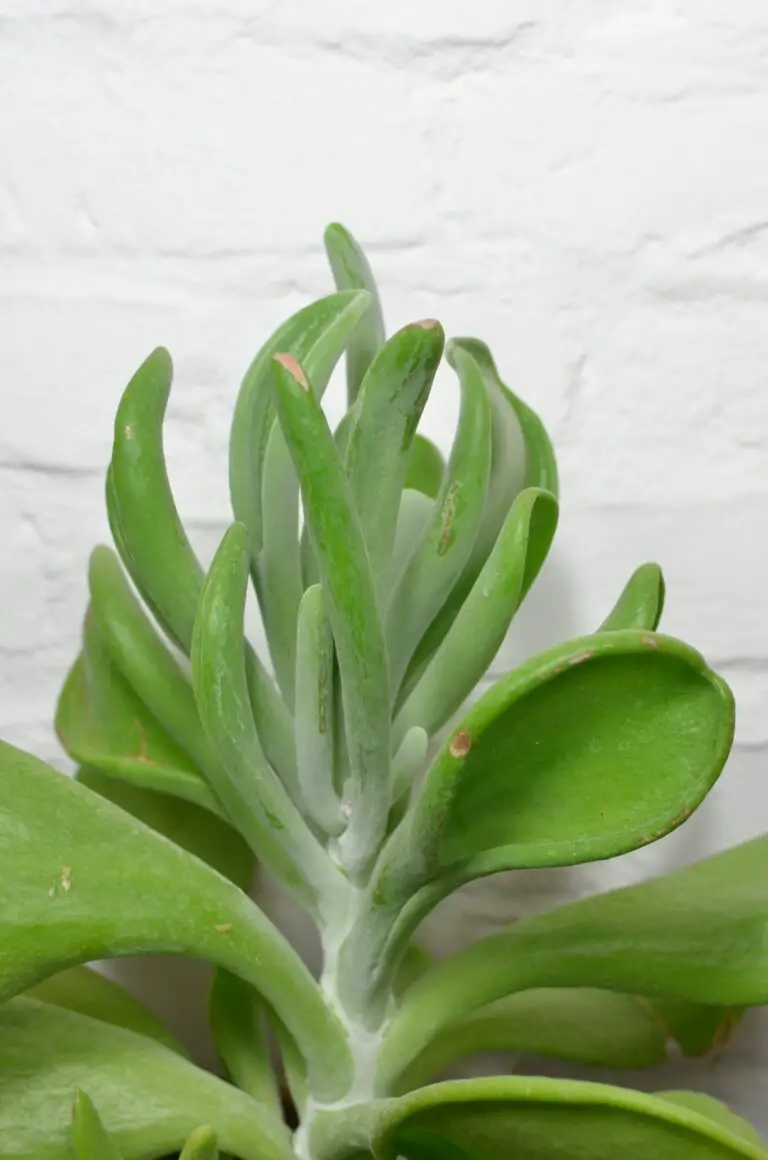
So, whether it’s to heighten your indoor jungle or spark some creative landscaping, the myriad of Crassula species awaits. They’re not just plants; they’re stories in green, waiting to unfold their leaves and enrich your living spaces.
Care and Cultivation of Crassula
Whether you’re a seasoned green thumb or a newbie plant enthusiast, the Crassula family has a place in your garden or indoor sanctuary. Known for their resilience and striking appearance, these “Jade Plants” are a favorite among plant lovers. But even the hardiest of plants need a little TLC, right? Let’s roll up our sleeves and dig into the nitty-gritty of keeping your Crassula thriving.
First off, let’s talk light. Crassula plants are like sunbathers—they love their light! Place them in a spot where they can soak up some rays for at least four to six hours daily. Bright, indirect sunlight is their sweet spot, especially for those you’re fostering indoors near a sunny window. But be mindful—too much of a good thing can be harmful, so avoid the harsh afternoon sun that can scorch their succulent leaves.
When it comes to hydration, Crassula plants prefer a “less is more” approach. Their plump leaves store water, making them drought-tolerant champions. Overwatering is their kryptonite, so ensure the soil is completely dry between waterings. Think of it like this: treat your Crassula to a hearty drink, then let it coast until the next watering. Remember, they can survive on neglect, but they’ll thrive on proper care.
Now, let’s talk soil—a crucial element that’s often overlooked. Crassula plants crave a well-draining mix that’s like a cozy bed for their roots. A mix of potting soil with some sand or perlite will provide the excellent drainage they need. This ensures the roots aren’t sitting in water, which could lead to root rot, a total mood-killer for your plant.
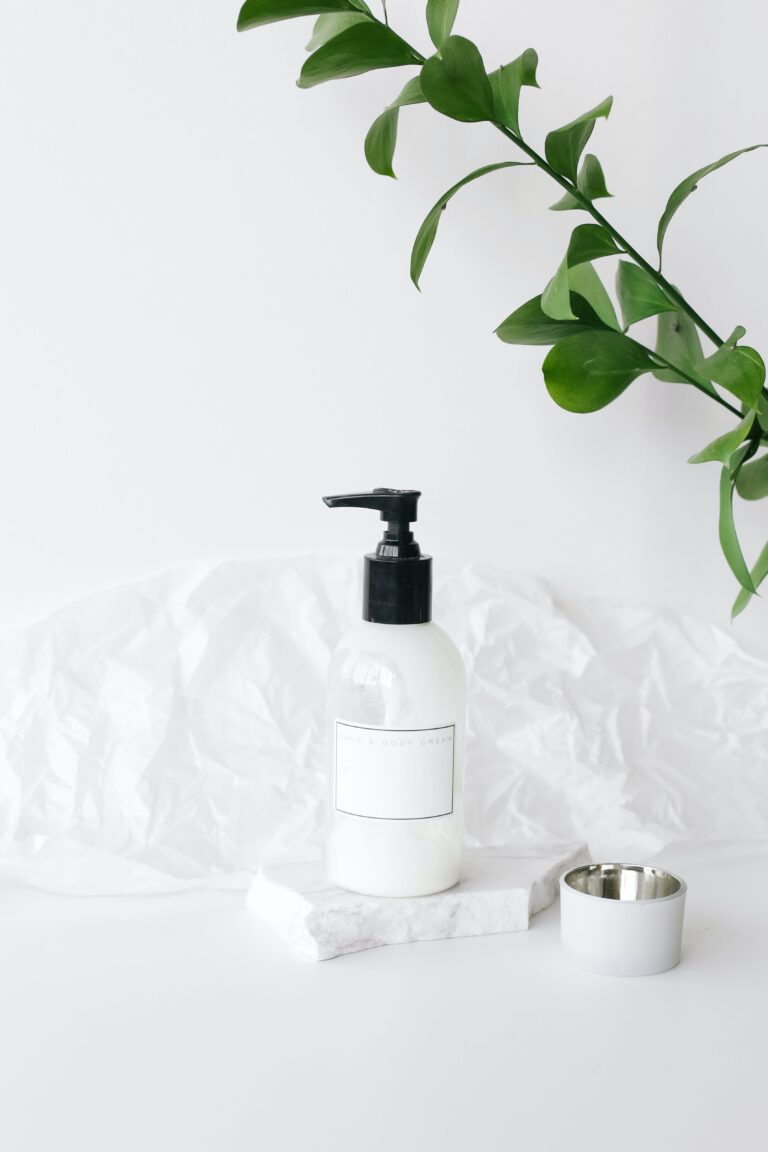
Visualize the homes of Crassula plants in the wild to mimic those conditions. For many, that’s the rocky outcrops of South Africa where they lounge in the sun without a care in the world. Replicate that environment and you’ll have a content Crassula that rewards you with robust health and possibly, a brilliant bloom. Now, isn’t that worth the little bit of effort?
Remember, folks, every plant has a personality and the Crassula is no different. Observe your green buddy, get to know its likes and dislikes, and you’ll be on the path to cultivating a lush, jade wonderland. Happy growing!
Crassula in Design and Decoration
When it comes to sprucing up your living space, the devil is truly in the details. And what better way to add a dash of nature’s elegance than by integrating the charming Crassula into your decor? These succulent gems, often referred to as Jade Plants or Money Plants, have become a staple in interior design, terrariums, and even landscape gardening.
The aesthetic appeal of Crassula lies in its versatility. Picture a minimalist living room, where every element is curated to create harmony and balance. Now, imagine a Crassula ovata—its plush green leaves and sturdy, twisting branches—perched on a trendy geometric side table. The result? A pop of green that not only enlivens the space but also purifies the air.
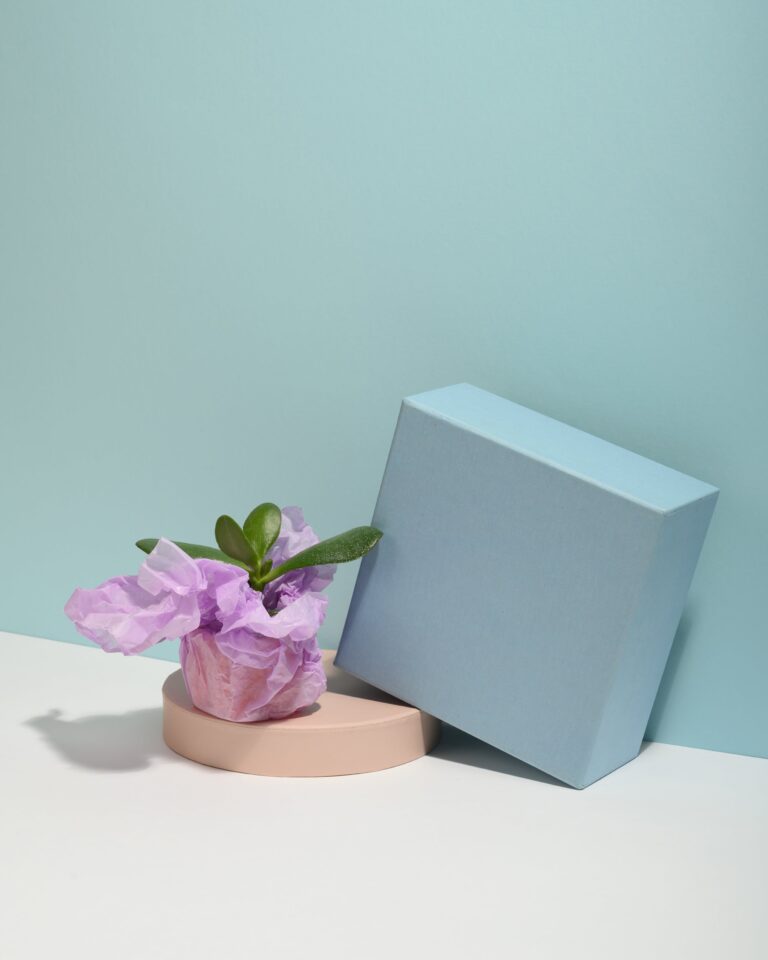
In the world of terrariums, these resilient plants take on a new role. They are protagonists in a miniature landscape, set among rocks and sand to mimic a desert scene. The joy of watching a Crassula thrive in a glass bowl on your coffee table is akin to observing nature’s quiet domination, a green kingdom in a capsule.
Landscape gardening too embraces Crassula as a sculptural element. Imagine walking through a path lined with these succulents, each one architecturally distinct, creating a rhythm that guides you through the garden. Their drought-resistant nature means they can adapt to a range of environments, making them a practical choice for gardeners seeking low-maintenance but visually impactful plants.
So what is it about Crassula that captures the imagination of designers and homeowners alike? It could be the way its jade-toned leaves capture the light, the ease with which it slots into various design styles, or perhaps the sense of tranquility it brings to any space. Whatever the reason, this humble yet majestic plant is transforming our living environments, one leaf at a time.
Propagating Crassula Plants
Are you ready to multiply the charms of your jade oasis? Propagating Crassula plants is like wielding nature’s paintbrush, where with a few simple strokes (or snips, really), you create new life from the parent plant. It’s an art as much as a science, one that even a beginner can master with the right guidance!
Snip and Grow: Leaf Cuttings
Imagine you’re a chef, but instead of cooking, you’re crafting new plants. The leaf of a Crassula is your main ingredient. Carefully choose a plump, healthy-looking leaf and give it a gentle twist. The goal? Detach it without causing damage to either the leaf or the mother plant. Once you’ve got your leaf or leaves, let them develop a callous by setting them aside for a few days. It’s a bit like letting a fine wine breathe—this step is crucial for the leaf to be prepared for its growth spurt.
After the callous has formed, lay your leaves on well-draining soil and play the waiting game. In the succulent world, patience is a virtue that leads to adorable little plantlets springing up like magic! Ensure these tiny tots get plenty of indirect light, keep the soil slightly moist, and before you know it, you’ll witness the power of propagation in action.
Sprouting New Depths: Stem Cuttings
Who would have thought that playing plant surgeon could be so rewarding? Taking stem cuttings is like creating a botanical clone army—all you need is a keen eye and a sharp pair of scissors. Snip a healthy stem section, leave it to callous over for a couple of days, akin to a leaf cutting, and then submerge the cut end into the soil.
Water sparingly at first to avoid rotting and watch as your cuttings establish roots and begin to form their own individual character. It’s a reaffirming sight, like watching your plant family expand before your very eyes.
For those who prefer a visual aide, peek into this concise video showing you the how-to of bringing more Crassula into the world:
Propagating Crassula is a fascinating journey of growth and replication. It’s a testament to the enduring life force of these resilient plants and a way for you to spread the green joy throughout your home or garden. So, grab those leaves or snip those stems—it’s time to propagate and procreate your beloved jade plants.
FAQs: Unraveling Common Queries About Crassula
Embark on a botanical adventure as we delve into the intriguing world of Crassula plants! Known for their resilience and aesthetic appeal, these succulent beauties spark curiosity and wonder in plant enthusiasts. Let’s decode some of the most burning questions surrounding these green gemstones.
What Does ‘Crassula’ Mean, and How Did It Get Its Name?
The term ‘Crassula’ comes from the Latin word ‘crassus,’ which translates to ‘thick’ or ‘fat,’ aptly describing the succulent nature of the plants’ leaves. This characteristic is a survival adaptation that allows them to store water and thrive in arid environments. A romp through the rolling hills of the Cape of South Africa might reveal the sturdy Crassula in its natural habitat, flaunting its plump foliage against harsh climates.
Are Crassula Plants Easy to Care for Beginners?
Yes, indeed! Crassula plants are champions at forgiving the forgetful waterers among us. With a robust constitution, they are ideal for aspiring green thumbs. Just think of that office desk thriving with a little potted Crassula, despite the air conditioning and irregular watering by colleagues during vacation times.
Can Crassula Plants Bring Good Fortune?
Folklore whispers of Crassula’s mystical ability to attract prosperity, leading to its nickname ‘money tree.’ While we can’t promise a pot of gold, nurturing a Crassula can certainly add a wealth of green splendor to your living space!
Experience the joy of watching a Crassula grow and thrive. For a closer look at how to nurture these sturdy succulents, let’s explore this insightful video:
What Are the Best Conditions for a Thriving Crassula?
Imagine a sun-drenched room where a Crassula basks near the window, soaking up the gentle morning rays. These plants adore bright, indirect light and minimal water, simulating their native semi-desert terrain. Pair them with a well-draining soil mix, and you’ve got the recipe for a happy Crassula.
How Can I Propagate My Crassula Plant?
Propagation is like hosting a garden party where everyone goes home with a gift! Crassula can be propagated from just a leaf or stem cutting. Plant these cuttings in soil, and with a bit of patience and tender care, new little Crassulas will come to life, ready to be shared with friends or to expand your own succulent collection.
As we uncover the secrets of Crassula, we learn that these are not just plants; they’re storytellers of adaptability and beauty. Whether you’re a seasoned gardener or new to the plant-parent club, Crassulas invite you to grow alongside them, no green thumb required!
